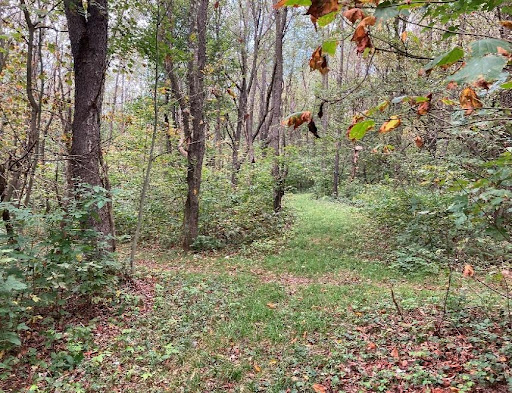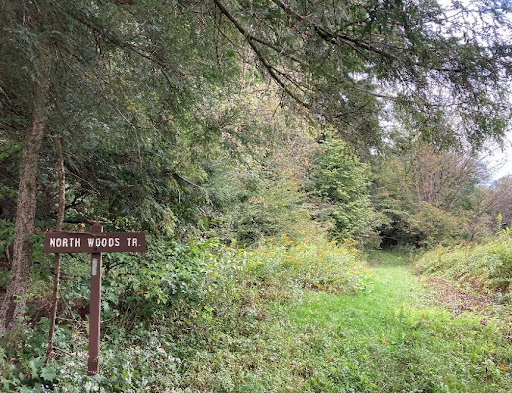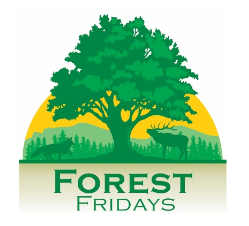Pennsylvania’s ancestral peoples: Our federally recognized tribes and nations
By Angie Jaillet-Wentling, Forest Fridays
The timeline of human history in the Americas is seemingly adjusted backward by the year due to new discoveries or techniques applied to prior discoveries by archaeologists. In Pennsylvania, the unglaciated sections were likely occupied by humans nearly 20,000 years ago. In glaciated portions of Pennsylvania, human occupation followed the receding glaciers as climates became more temperate around 16,000 years ago. Fast forward to the present and we’re looking at 20,000 years of human occupation lying underfoot in our forests! Native Americans were (and are) present in Pennsylvania throughout the entire period.
When Europeans began arriving on American shores, they were often met by Native peoples. At the time of first contact, numerous Native Tribes and Nations populated Pennsylvania. As Europeans pushed farther into the continent, they continued to meet Native peoples and witness evidence of past occupations.
Archaeologically, we know these people as the Delaware, Susquehannock, and Monongahela cultures; however, we do not know what they would have called themselves outside of oral histories shared with us by today’s Tribes and Nations. Broadly, each culture was associated with one of our major river basins (Delaware in the Delaware, Susquehannock in the Susquehanna, and Monongahela in the Ohio). Many histories rely on the names other groups used for them. Imagine if someone asked your neighbors what to call you!

Along with people came economic interest in the resources of the lands occupied by Native peoples and when those interests came into conflict, war followed. Native peoples were pushed west through any means possible, often to bloody ends. Despite broken treaties, policies of forced removal, and warfare that pushed Indigenous people as refugees across America, Native peoples persist, as do their paths and places in our parks and forests (PPFF-Fall-2021-newsletter-web.pdf (paparksandforests.org). To find out modern-day Federally Recognized Tribes and Nations who maintain ancestral claims in Pennsylvania, check out this map: One Map (penndot.gov). This tool helps cultural resources professionals identify Tribes and Nations for consultation on projects that may impact them and their history.
The myth of our lands as “untouched wilderness” or “just hunting grounds” takes away from our rich history and quickly falls apart when you look around our forests and see beyond the trees to its many peoples – past, present, and future. The telling of untold stories, like Native ones, builds our understanding of Pennsylvania’s rich past, as well as the role humans have played over the past 20,000 years in shaping what our forests look like today.
Contact-Period Native Path, Glades Path, and the modern-day Laurel Highlands Hiking Trail (LHHT), meet near mile marker 33, where the North Woods Trail loops around it in Forbes State Forest, just north of the Roaring Run Natural Area.

About the author, Angie Jaillet-Wentling:
Angie Jaillet-Wentling is the Cultural Resources Program Coordinator for the Pennsylvania Department of Conservation and Natural Resources. Before her work with DCNR, Angie worked in the archaeology field, particularly with the Pennsylvania Department of Transportation (PennDOT). She is an alumna of Indiana University of Pennsylvania. Angie helps DCNR work cooperatively with other agencies to research, protect and tell the stories of our parks’ and forests’ cultural and historic past.



